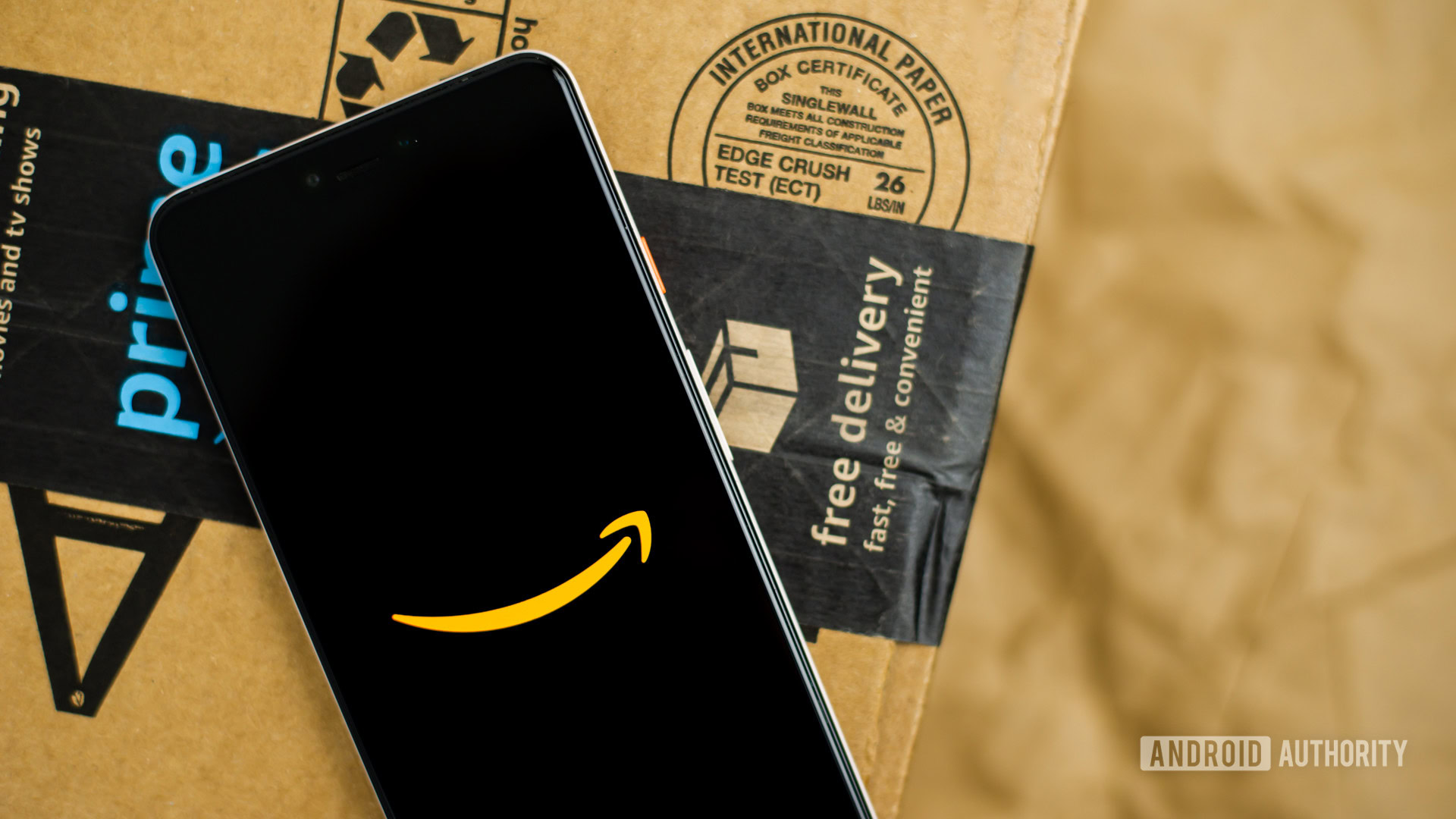
Edgar Cervantes / Android Authority
There are two main reasons why you might decide to import a phone to the US. It might be that you’ve heard a particular model is cheaper in another country, but it’s more likely you want to get a smartphone that isn’t available to buy in America. Perhaps you like what that particular model offers, or you may just want to stand out from the crowd by having an exotic handset that’s different from your friends. Whatever your reason, we’ll give you an overview of the main issues you’ll face when importing a phone.
Can you trust the retailer?
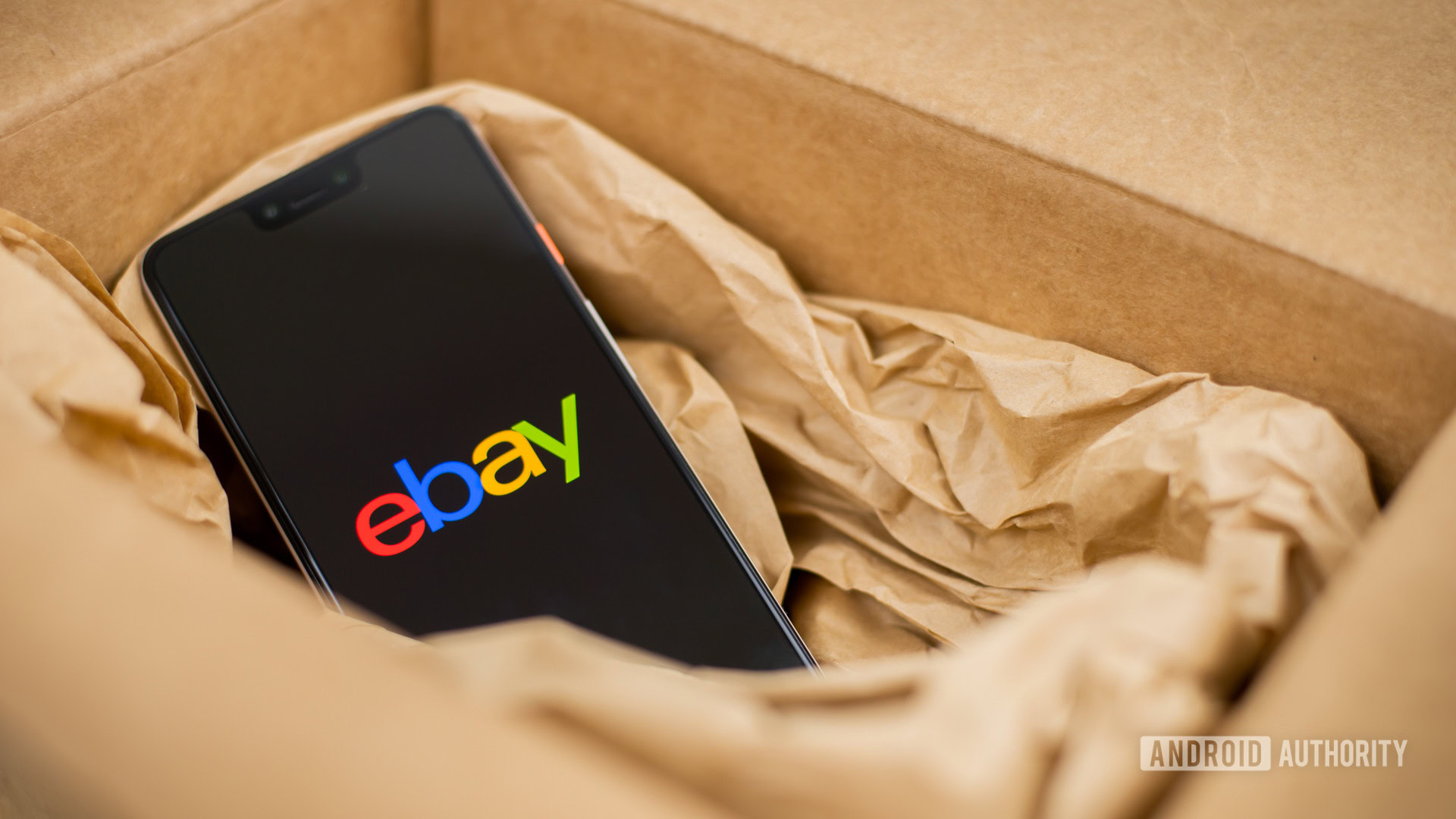
Edgar Cervantes / Android Authority
When buying a phone from another country, it’s quite likely that you’ll find yourself browsing an online retailer that you haven’t encountered before. There are global e-commerce giants like Amazon and eBay that you’ll recognize, so you might feel comfortable proceeding with caution. Other marketplaces might be less familiar to you but hold a solid reputation for international shipping. Some names that fall under this category include AliExpress, Flipkart, and Rakuten. Lesser-known retailers carry a greater risk, especially since they may not offer much genuine recourse if something goes wrong with your order.
Whichever outlet you’re considering, it’s worth Googling the name along with a word like ‘scam’ or ‘issues.’ It’s not a foolproof method, but it will help you make a more informed assessment of the risk you might be taking when using the site.
Even some of the most trustworthy retailers are only a marketplace, which means that unscrupulous sellers can try to take advantage of you. As you would in the US, you should vet individual sellers thoroughly. User reviews, seller ratings, and warranty offers should all be scrutinized before making a purchase. Check out the customer support and return policy that the site offers as well, which can be invaluable if you encounter any issues.
Will the phone work in the US?
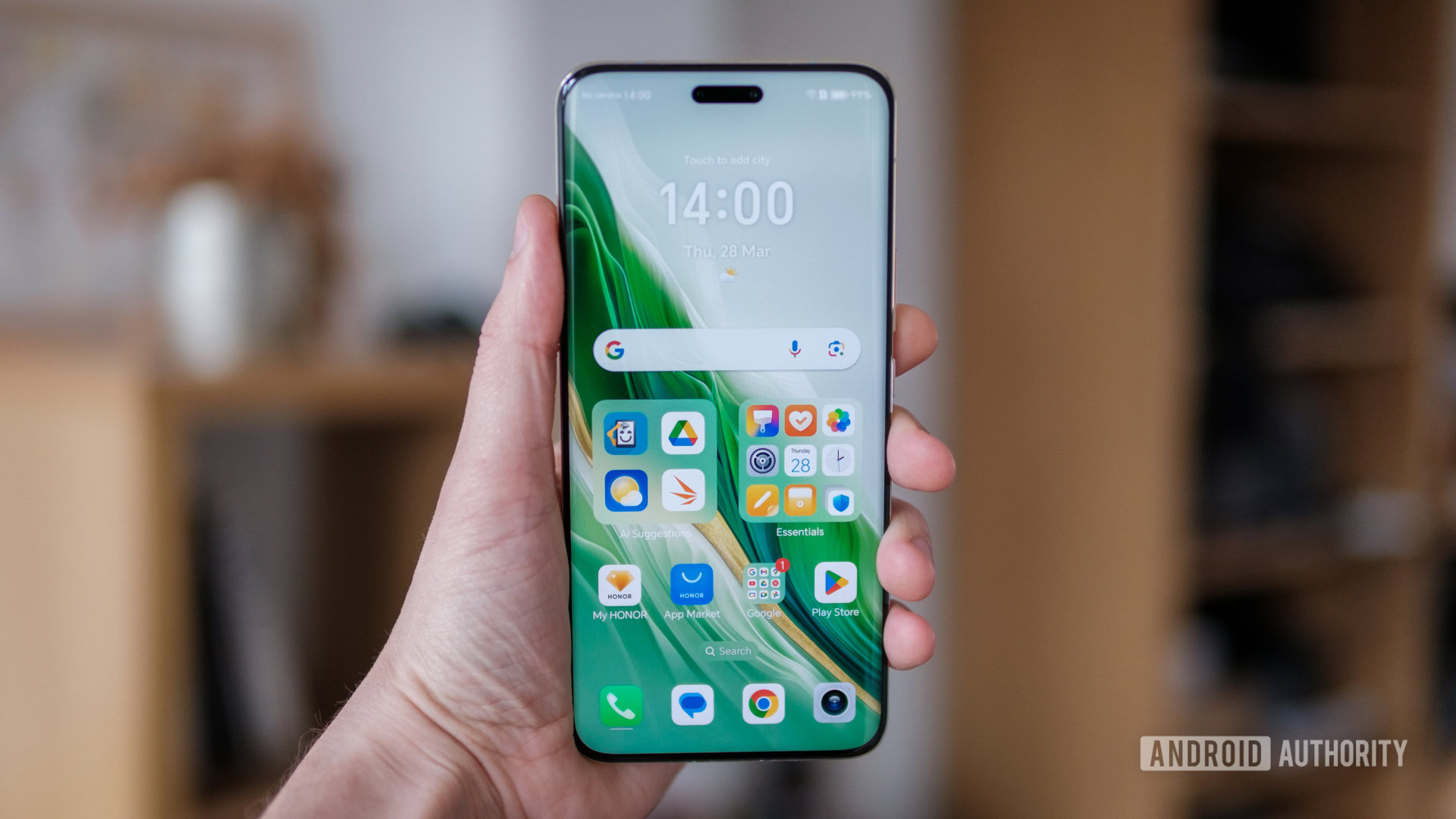
Robert Triggs / Android Authority
There’s no point importing a phone if it won’t work on US networks. This boils down to the phone’s compatibility with the LTE and 5G bands used by US carriers. Phones intended for Asian or European markets might lack support for certain bands, particularly the ones required for 5G in the States. To avoid a huge disappointment on receipt of the phone, you should verify that the specific model you’re considering is fully compatible with your carrier’s network. Websites like FrequencyCheck can help with this.
You should also be prepared for the prospect that certain aspects of software or apps built for another region might not function as intended.
What about the warranty?
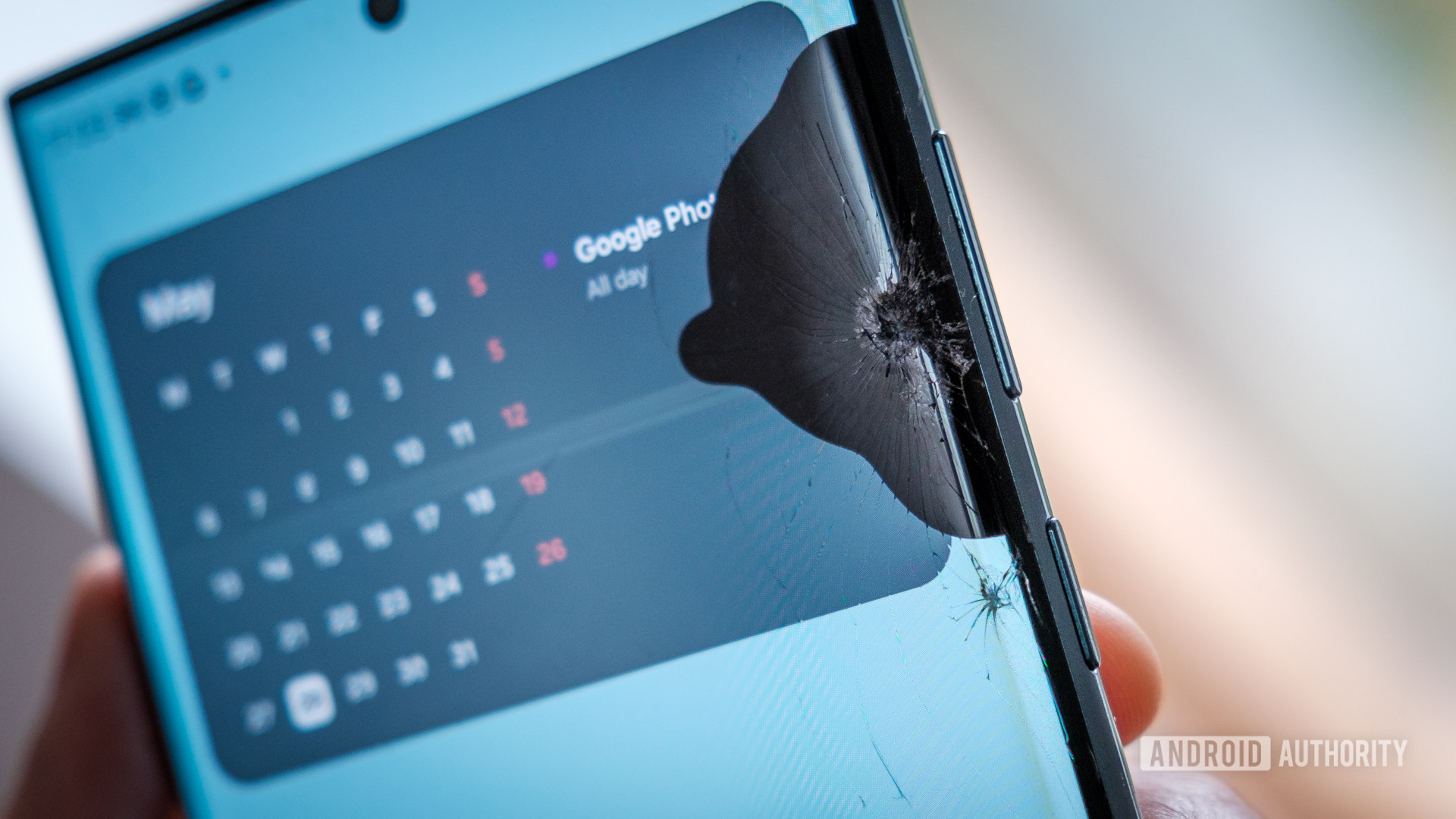
Robert Triggs / Android Authority
Many phones purchased from international retailers do not come with a warranty that is honored by US-based service centers. This means that if something goes wrong, you could be left with no recourse but to ship the device back to its country of origin, which is both time-consuming and expensive. Even when a warranty is provided, the terms are often less generous than those offered by US retailers, with shorter coverage periods and limited repair options.
The hurdles are such that if you’re considering importing a phone, you might need to be prepared to foot the bill for any repairs yourself.
What are the shipping issues?
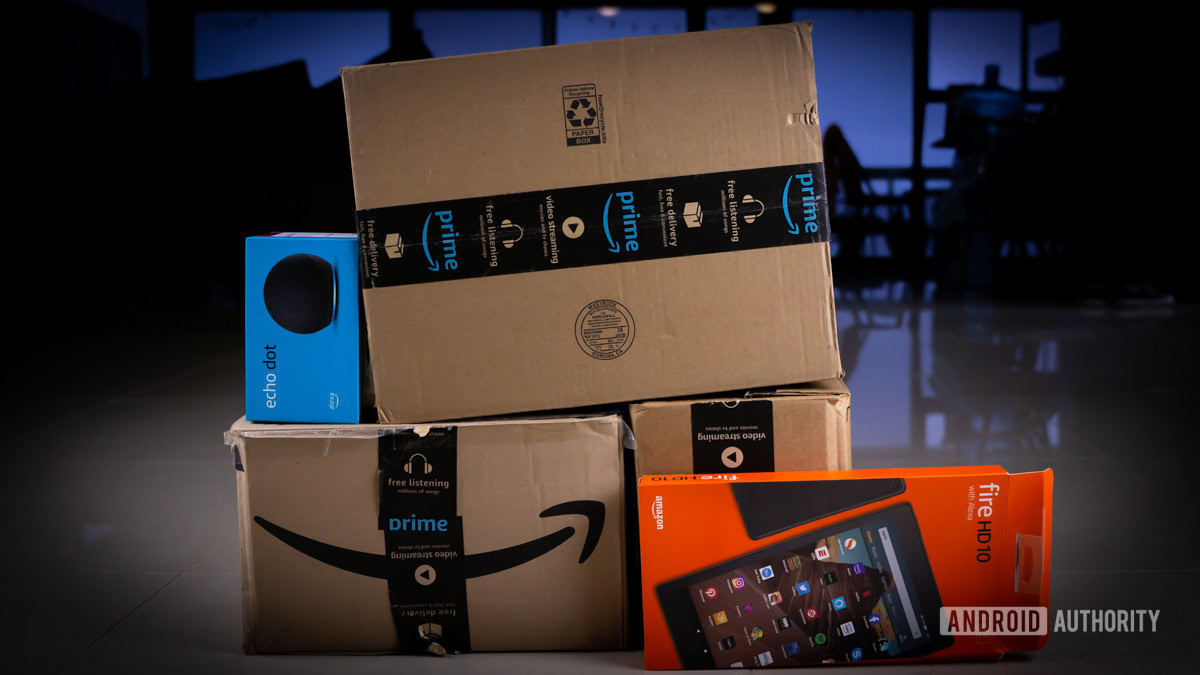
Edgar Cervantes / Android Authority
Shipping times can vary widely depending on where the phone is being shipped from. While some retailers offer expedited shipping, which can bring a phone to your doorstep in just a few days, others might take several weeks. You should also be mindful of the potential for customs delays, which can unexpectedly extend delivery times.
Shipping costs are the other issue. They can add a significant amount to the overall price of the phone, although any reputable retailer should specify them at the point of sale. Your bigger issue when it comes to hidden costs is likely to be any custom fees and duties, which we’ll come to next.
Will I have to pay customs fees and duties?
Rita El Khoury / Android Authority
Customs fees and duties are additional costs that can surprise many first-time importers. The US government imposes duties on certain electronics, and these fees can add a few hundred dollars to the cost of your new phone. The rate varies depending on the phone’s value and its country of origin. It’s not guaranteed that you’ll be stung by these hidden costs. For example, most phones with a value under $800 won’t trigger any customs charges.
A few retailers will occasionally take care of this issue and specify an estimate of how much it will cost when you purchase the phone, but most won’t. It’s prudent to calculate these costs yourself ahead of time or inquire with the seller to ensure there are no unexpected expenses when your phone arrives.
Importing a phone: The verdict
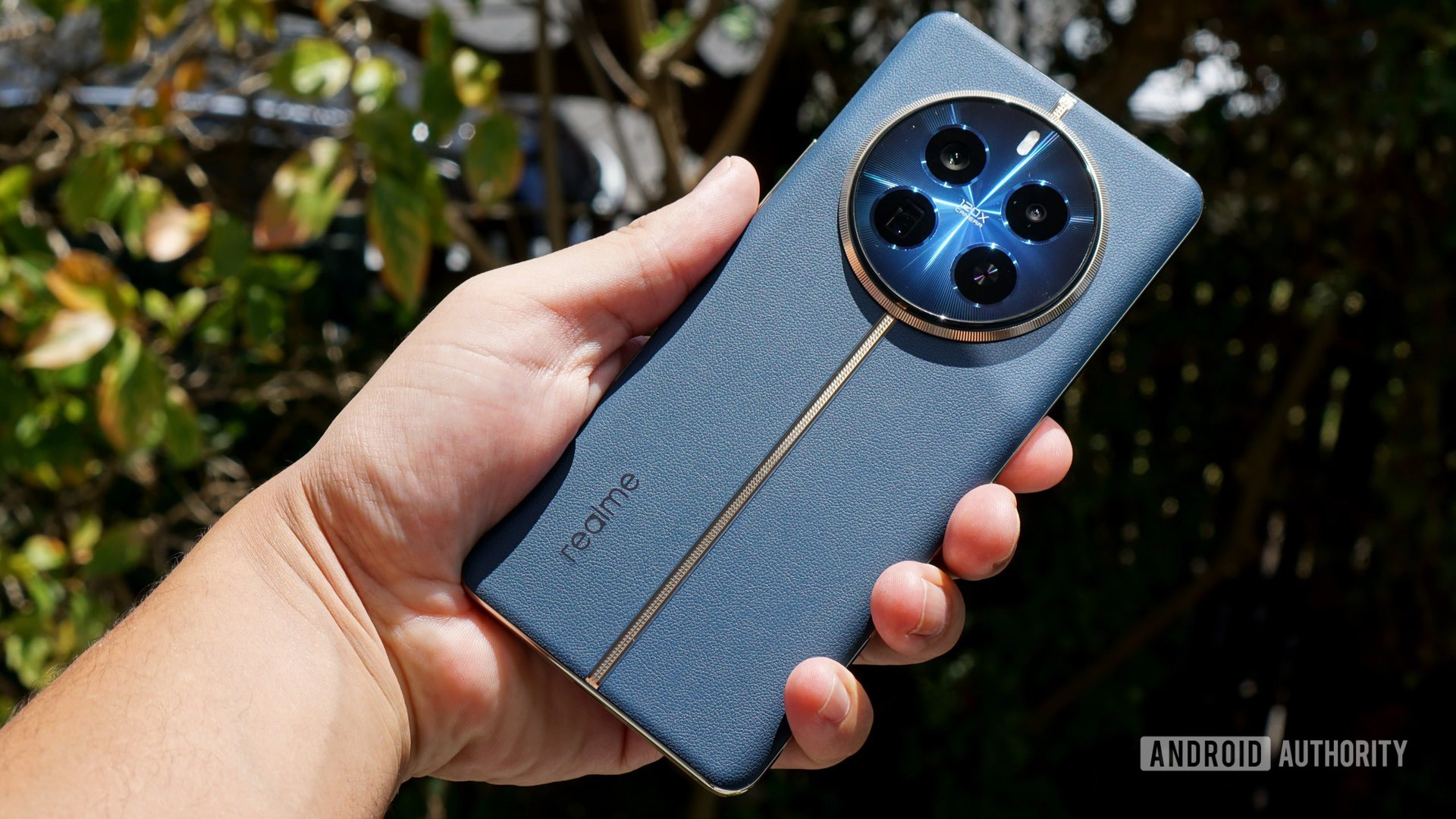
Hadlee Simons / Android Authority
When it comes to importing a phone that’s available in your home country, buying locally is likely the best option. You might miss out on a cheaper model, but the peace of mind that comes with a valid warranty, reliable shipping, and guaranteed network compatibility is worth the extra cost. Plus, shipping and customs costs can negate any savings that you stand to make.
If the phone you’re keen on isn’t available in your market and you want to be the first to own a unique or hard-to-find device, the benefits of importing might outweigh the risks. It’s a matter of judgment for you — just be prepared for the potential hurdles that come with it.
FAQs
Importing a phone from China is certainly possible, but it requires careful consideration of compatibility, potential costs, and the lack of warranty and support. Customs costs and the time it might take to ship are two factors that you’ll have to be satisfied with if you want to proceed.

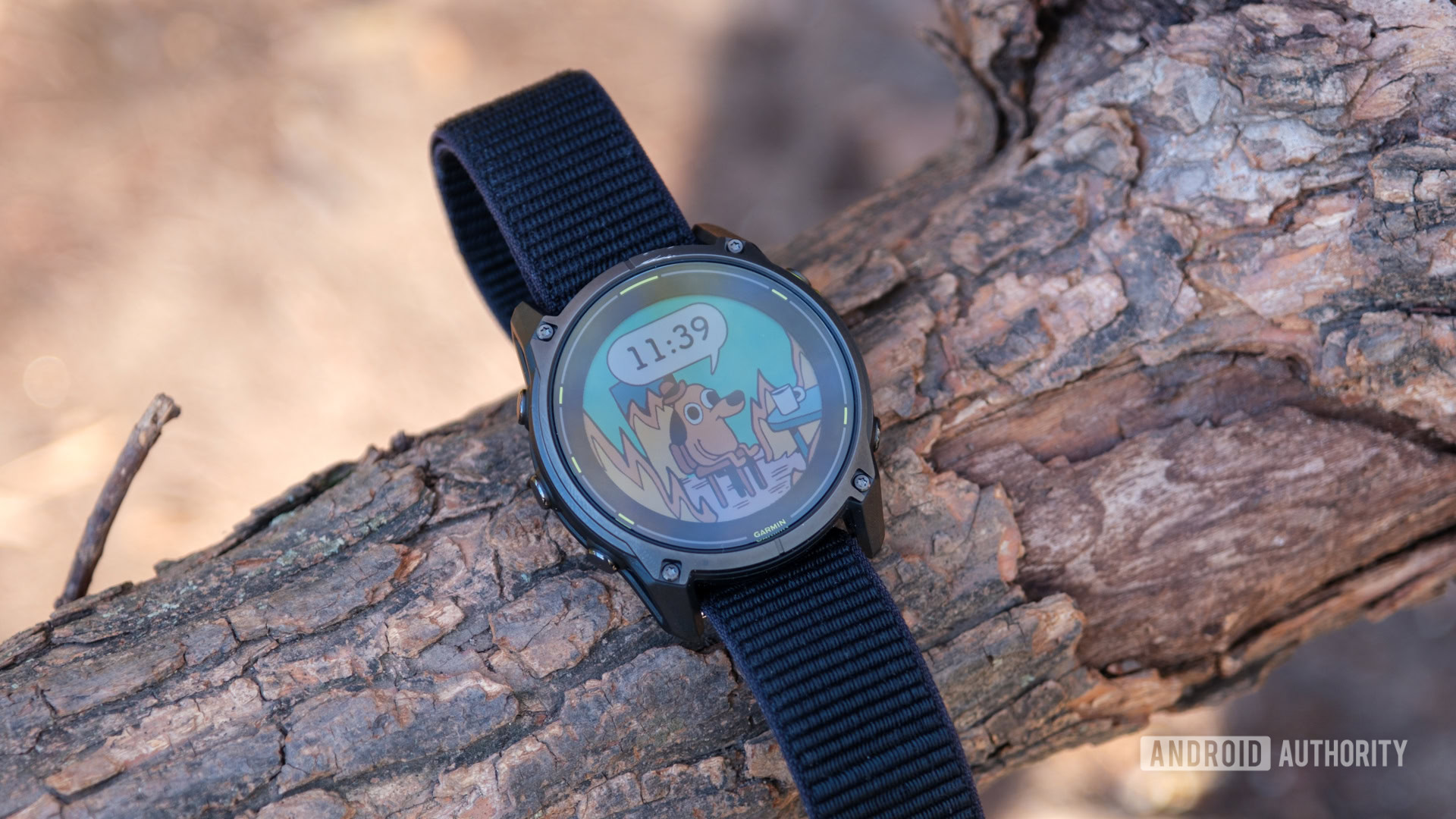
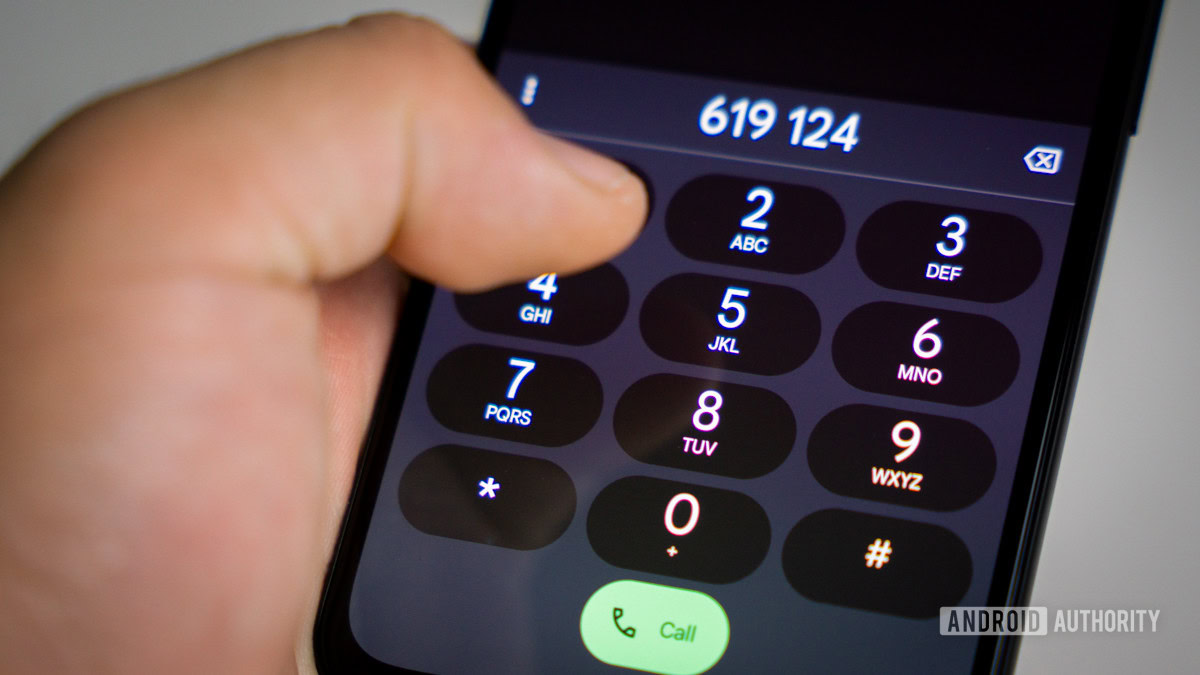




 English (US) ·
English (US) ·